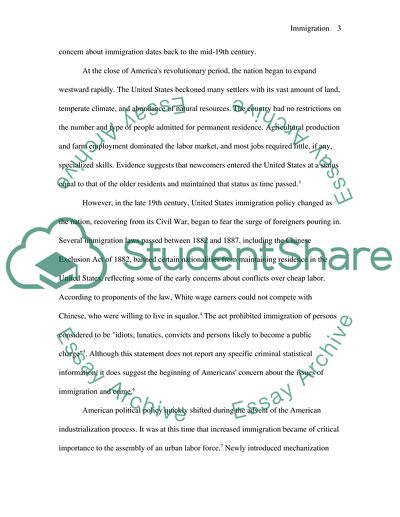Cite this document
(Immigration and Naturalization Service: Consequence of Illegal and Research Paper - 1, n.d.)
Immigration and Naturalization Service: Consequence of Illegal and Research Paper - 1. Retrieved from https://studentshare.org/history/1751783-immigration-consequences-of-criminal-activity
Immigration and Naturalization Service: Consequence of Illegal and Research Paper - 1. Retrieved from https://studentshare.org/history/1751783-immigration-consequences-of-criminal-activity
(Immigration and Naturalization Service: Consequence of Illegal and Research Paper - 1)
Immigration and Naturalization Service: Consequence of Illegal and Research Paper - 1. https://studentshare.org/history/1751783-immigration-consequences-of-criminal-activity.
Immigration and Naturalization Service: Consequence of Illegal and Research Paper - 1. https://studentshare.org/history/1751783-immigration-consequences-of-criminal-activity.
“Immigration and Naturalization Service: Consequence of Illegal and Research Paper - 1”, n.d. https://studentshare.org/history/1751783-immigration-consequences-of-criminal-activity.


